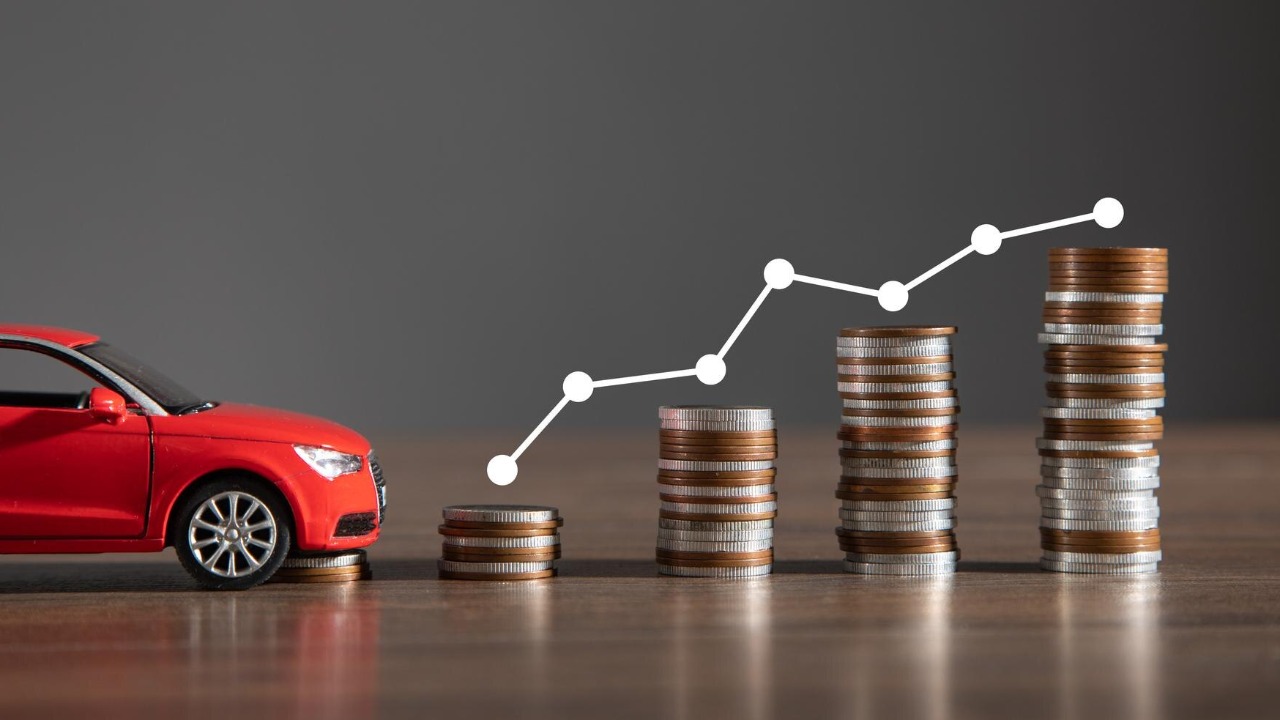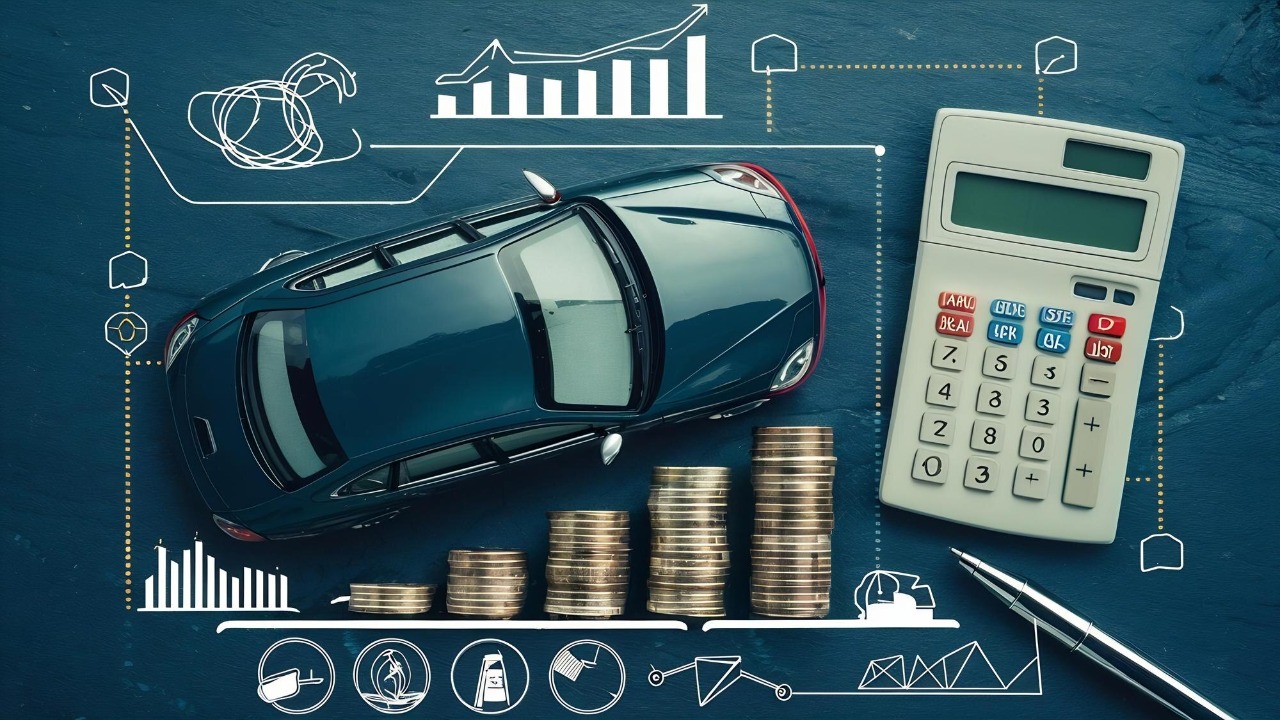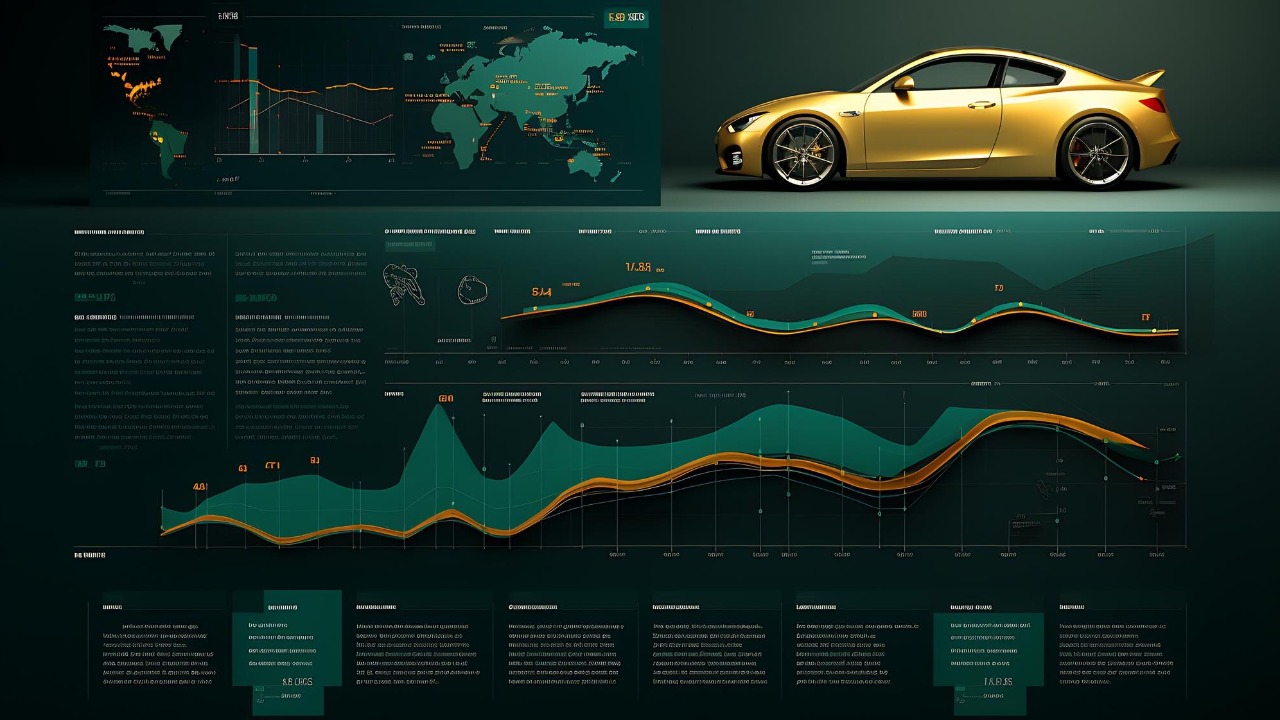
The average transaction price for new vehicles in the United States has reached a significant milestone, surpassing $50,000 for the first time. This record high reflects the escalating costs consumers are facing, with the U.S. average new car price reaching this threshold according to industry analysis. Data from Kelley Blue Book further confirms this as the highest point yet in new car pricing trends, highlighting the financial pressures on consumers in the automotive market.
Breaking Down the Record High

The new average transaction price of $50,000 marks a historic first for the U.S. automotive market. This figure represents a significant threshold crossed in transaction values, underscoring the rising costs of new vehicles. According to Carscoops, this milestone is a reflection of broader economic trends impacting the automotive industry.
Kelley Blue Book has confirmed this $50,000 average as a record high, emphasizing its significance within the U.S. market. The data highlights the ongoing trend of increasing vehicle prices, which have been steadily climbing over the past few years. This rise in prices is not just a reflection of inflation but also of changing consumer preferences and market dynamics. The Kelley Blue Book report provides a detailed analysis of these trends.
Industry reporting from Motor1 explains that the $50,000 average is derived from recent data on new car prices, indicating a broader shift in the market. This shift is influenced by various factors, including supply chain disruptions and increased demand for high-end vehicles, which have collectively driven up transaction prices.
Recent Price Milestones

Prior to reaching the $50,000 mark, the average new car prices had already exceeded $48,000 in July. This earlier milestone set the stage for the subsequent jump to the current record high. According to CarPro, the July figures were indicative of a continuing upward trend in vehicle pricing, driven by similar market forces that have now pushed the average over $50,000.
The increase from July’s over-$48,000 average to the current $50,000 reflects a rapid escalation in vehicle costs. This progression highlights the impact of ongoing supply chain issues and the growing consumer demand for more technologically advanced and feature-rich vehicles. The July milestone served as a precursor, signaling the potential for further increases as market conditions evolved.
Factors Influencing the Surge

Several key factors have contributed to the surge in new car prices, pushing the average to $50,000. Supply chain disruptions have played a significant role, affecting the availability of components and leading to production delays. These issues have constrained supply, driving up prices as demand remains strong. According to Motor1, these supply chain challenges are a major factor in the current pricing landscape.
Additionally, the dynamics of transaction prices have shifted, with consumers increasingly opting for higher-end models and additional features. This trend has contributed to the rising average, as buyers are willing to pay more for vehicles that offer advanced technology and enhanced performance. Carscoops notes that these consumer preferences are a driving force behind the record-high transaction values.
Broader market pressures, such as inflation and economic conditions, have also played a role in the increasing prices. Kelley Blue Book highlights these factors as significant contributors to the current market environment, where consumers are facing higher costs across the board. The combination of these elements has created a perfect storm, leading to the unprecedented $50,000 average.
Looking Ahead to 2025 Trends

As the automotive market continues to evolve, projections for 2025 suggest that new car prices may continue to rise, building on the current $50,000 benchmark. According to CarEdge, several factors could influence future pricing trends, including technological advancements and shifts in consumer demand. These projections indicate that the market may see further increases as manufacturers introduce new models and features.
The potential for continued price growth is also tied to the economic conditions that have driven recent increases. If supply chain issues persist and demand remains strong, prices could continue to climb. The trends observed from the July over-$48,000 levels into the current $50,000 average provide a foundation for understanding how these dynamics might play out in the coming years.
Overall, the record-high average transaction price of $50,000 represents a significant moment in the U.S. automotive market. As consumers navigate these changes, the industry will need to adapt to the evolving landscape, balancing supply and demand while addressing the challenges that have led to this milestone. The insights from recent reports offer a comprehensive view of the factors at play and the potential future direction of new car pricing.